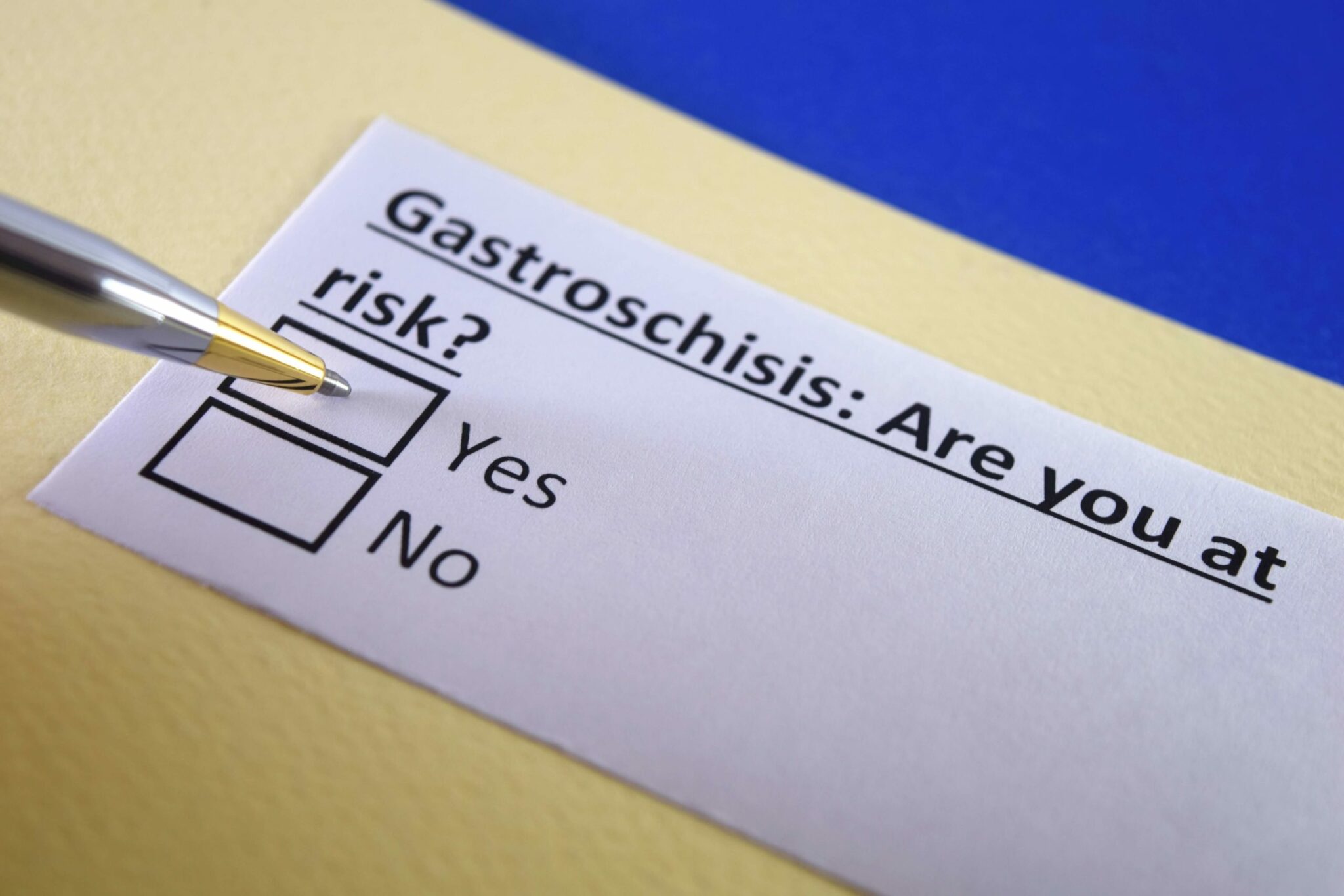Q&a: kim West, the Sleep Lady
1. Bundoo: What’s the most common issue you hear from parents?
Answer : Kim West: I hear, “Help! I’m desperate! My baby wakes up 10 times a night and I can’t function!” I find that parents are all told it’s going to be tough in the beginning, so everybody has tolerance for the first few months. But then they get to 6, 9, 12 months, and they’re like, “Why isn’t this getting easier?” That’s when parents come to see me.
2. So is that right about the age you start to recommend sleep training or other interventions?
Answer : Most of the research doesn’t support sleep training before about 4 months of age. From 4-6 months, parents can do gentle sleep training. After that, they can begin sleep training.
3. Is sleep training different than “cry it out”?
Answer : Most parents have been told by their pediatricians to let their kids “cry it out.” But a lot of parents can’t do it. They feel guilty, or they can’t be consistent and so actually make it worse. It only makes sense to cry it out if it’s a true “cry it out.” The most important thing is to be consistent.
4. So if letting their kids cry it out is so hard, what type of sleep training do you recommend?
Answer : The big argument in the sleep community is the “co-sleeping” camp versus the “crying it out” camp. They’re at war with each other, and I think it’s a shame. I tend to like the middle road. Why do we have to have a “camp”? I’ve developed something I call “The Sleep Lady Shuffle.” Everyone will tell you to put your baby into the crib drowsy but awake. That’s a fundamental rule for all sleep methods. But what happens after that? My method could be called “fading.” You stay with your baby next to the crib and offer physical and verbal reassurance until they’re asleep. You gradually reduce your role. I think of it as passing the baton. It’s great for parents who are tear-sensitive. I’m also a proponent of picking your baby up to calm them down. One of the rules of the “Shuffle” is you control the touch.
5. So you’re not opposed to co-sleeping?
Answer : If the baby is happy and safe and everybody is sleeping, there’s nothing wrong with it. Over 50 percent of parents will co-sleep in the first year of life. If that’s the case, we need to teach them to do it safely. If the doctors won’t even engage in the conversation and just say no, the parents just won’t talk to the doctor anymore. But even a child who is co-sleeping has to learn the skill of putting themselves to sleep.
6. Safety is the big issue with co-sleeping. If parents are doing it anyway, what are some methods they can use to make it safer?
Answer : I think a happy medium is to get a co-sleeper like a three-sided crib that attaches to the bed. The mom can still breastfeed and even touch the baby. Another idea if the crib is in another room is to put a mattress on the ground with just a sheet. If a parent falls asleep with their baby, at least it’s not on a pillow-top mattress with sheets and pillows. The priority is family well-being. It’s not one-sized-fits-all. I always try to meet the family where they’re at.
Powered by Bundoo®










































